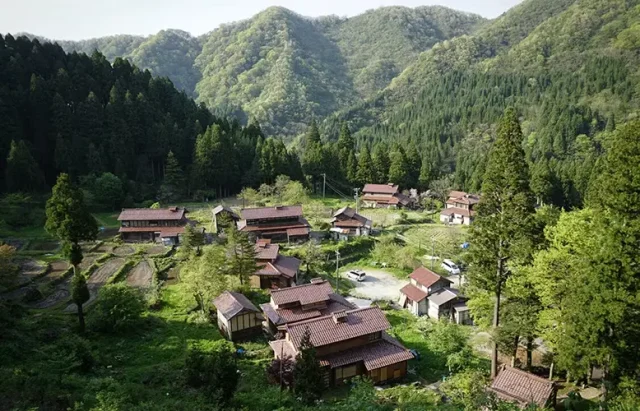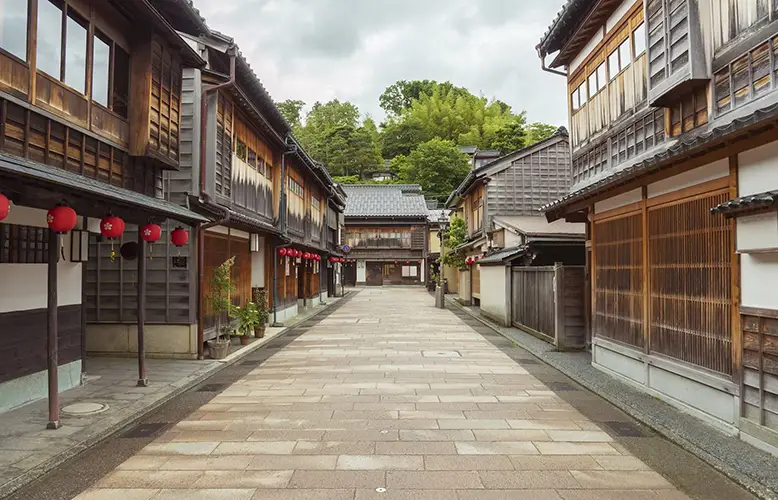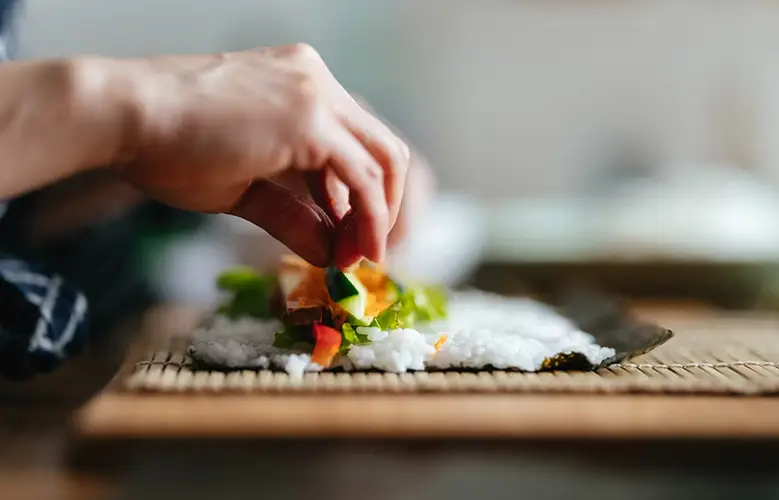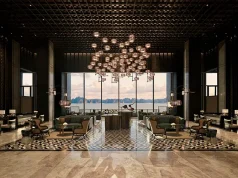
Demand for experiential travel has exploded in 2025, with travelers wanting to take part in authentic and meaningful experiences related to culture, people and environment, rather than just surface-level sightseeing.
And this bespoke Japan itinerary offers the chance to explore ancient wasabi fields, the art of wagashi-making and 500-year-old ryokans, all without the crowds that Japan’s major cities are currently struggling with.
This year, the promise of unique experiences is now dictating destination choices for as many as 9 in 10 travelers, a recent survey reveals.
But with overtourism reaching record levels in many of the world’s most popular bucket list destinations this year, having genuine, immersive experiences in these sought-after spots has become increasingly difficult.
Take Japan, which saw a staggering 20 million international visitors in the first half of 2025 alone, reaching this total in the fastest time ever and putting the country on track to set a new record for the year.
Visitor numbers for the first six months of the year topped the previous record of 17.78 million set a year earlier.
What’s more, specialist travel company, Timbuktu Travel has seen bookings for Japan increase by 400% compared to two years ago, and is now one of the company’s most booked destinations.

“The reality for most people following typical tourist trails is that they often return from top bucket list destinations like Japan feeling like they’ve only experienced a theme park version of the country.
“This happens because these routes barely scratch the surface of what these destinations have to offer. We never plan trips that rely solely on following these well-worn paths. Of course, you can visit iconic destinations, but it’s about discovering the layers beneath the surface,” says Johnny Prince, Co-founder and CEO of Timbuktu Travel, Travel+Leisure’s tour operator of the year.
“Japan offers extraordinary depth and the real magic happens when you veer away from the most famous sites to do things like breakfast with a mountain hermit who tends rice fields alone, learn 1,200-year-old techniques from master artisans, or discover hot springs that locals have kept secret for generations.”
“Too many tourists are queuing for hours at the same temples, fighting crowds for photos at iconic spots, and missing the very profound cultural experiences that make Japan such a special and transformative destination in the first place. There’s a whole country of hidden villages, master craftspeople, and centuries-old traditions waiting to be discovered.”
For those looking to experience Japan’s authentic cultural heart, Timbuktu Travel organises a 14-night Highlights and Secrets of Japan trip that ventures far beyond conventional itineraries.
The trip takes you to remote villages with just two permanent residents, ancient wasabi fields of Izu Peninsula on a breathtaking peninsula and exclusive wagashi-making workshops with master confectioners, all whilst staying in properties like 500-year-old ryokans and luxury ryokan-inspired resorts hidden in a forest.

This carefully curated cultural odyssey combines Tokyo’s urban energy with Japan’s most protected traditional experiences and visits to lesser-known regions where ancient crafts and customs remain unchanged.
The itinerary begins with three nights at Hoshinoya Tokyo, a high-rise ryoka where traditional Japanese inn customs blend with contemporary luxury. Each floor functions as a private ryokan, offering an immediate immersion into authentic Japanese hospitality rarely experienced by foreign visitors.
Over the first two days, you’ll delve into Tokyo’s historical foundations with private guided tours of Sensoji Temple, the city’s oldest temple. You’ll also explore the YA NE SEN districts, one of the few areas preserved from before the war, offering a beautiful glimpse into the city’s past.
Over the next few days, you will enjoy some hands-on cultural workshops, including a traditional tea ceremony in full kimono, sushi-making with master chefs at Tokyo’s fish markets, and sake pairing dinners with expert sommeliers who explain the intricate relationship between rice varieties and regional flavours.
Come day six, the journey ventures into Japan’s cultural heartland via bullet train to Kanazawa. Here, guests stay at Beniya Mukayu ryokan, meaning “the natural state as it is,” where each room features private onsen hot springs and forest views. The property sits on Yakushiyama, Healing Buddha’s Mountain, surrounded by gardens of pine, sakura and camellia trees.
The next two days offer profound encounters with Japan’s disappearing rural traditions. Participants join mountain master Noboru Nimaida for exclusive access to Ozuchi village, home to just two permanent residents amongst traditional clay houses and rice fields maintained by volunteers from around the world. The wagashi-making experience teaches the delicate art of creating Japanese sweets from azuki beans, following techniques passed down through centuries.
Days eight through twelve unfold in Kyoto, based at the sublime Aman Kyoto, hidden within 80 acres of forest at the foot of Hidari Daimonji Mountain. Beyond visiting iconic sites like Kinkakuji Temple and Fushimi Inari Shrine, you can enjoy private cycling tours through Kyoto’s backstreets, zen meditation sessions, and evening explorations of Pontocho Alley’s atmospheric dining establishments.
A standout cultural experience introduces participants to kintsugi, the Japanese art of repairing pottery with gold, embodying the philosophy that flaws and damage add beauty rather than detract from it. This hands-on workshop connects visitors with core Japanese aesthetic principles rarely understood by casual tourists.
The final days retreat to the secluded Izu Peninsula, staying at the 500-year-old Asaba Ryokan, enveloped by bamboo forests and carp-filled ponds.
Guests explore the dramatic Jogasaki Coast, formed by volcanic eruptions 4,000 years ago, trek to Kawazu’s seven waterfalls immortalised in Nobel Prize winner Kawabata Yasunari’s literature, and visit Japan’s finest wasabi fields where farmers use ancient Tatami-ishi planting techniques.
The final day returns to Tokyo’s Mandarin Oriental, occupying the top floors of Nihonbashi Mitsui Tower with views stretching from Tokyo Skytree to Mount Fuji, before departure assistance ensures a seamless conclusion to this transformative journey.





